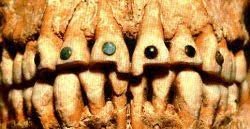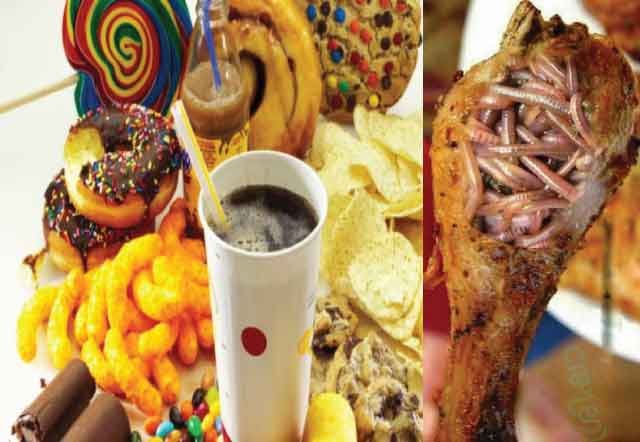37. Men in ancient Mayan civilization had small holes made on their teeth and fitted those holes with gemstones. They believed that doing so helped to make their mouths pretty.

38. Ancient cultures often used twigs for brushing their teeth. Use of twigs as toothbrushes still continue in many countries such as India. These twigs are often obtained from trees like neem and cinnamon that have antibacterial properties. Studies show that these twigs are equally effective as modern toothbrushes.
39. The Chinese were the first people to have invented an object closer to modern-day toothbrush. The handle was made using bamboo and the bristles were made using boar hair.
40. Brushing teeth right after eating is not suggested. Right after eating, the saliva in mouth contains high concentrations of acid. Brushing actually leads to abrasions and brushing right after eating will means acids along with abrasions leads to faster wearing of teeth enamel.
41. Tooth enamel is the hardest substance in the human body. However, we do not recommend that you use your pearly whites to open bottle caps.
42. If you don’t floss, you miss cleaning 40% of your tooth surfaces. Make sure you brush and floss twice a day!







